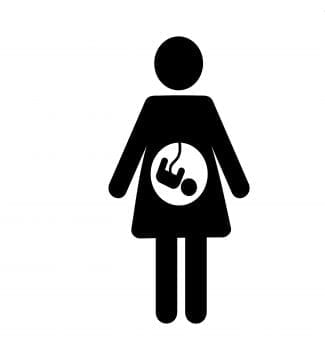Statutory right to antenatal care
You have a statutory right to paid time off for your antenatal care no matter how many hours you work or how long you have been working for your employer.
Protective law
There are quite a few pieces of legislation that give you protection at work during your pregnancy and whilst you are on maternity leave. The most important pieces of legislation are as follows;
- The Equality Act 2010 (EqA 2010) which makes discrimination because of the protected characteristic of pregnancy and maternity unlawful during the protected period.
- The Employment Rights Act 1996 (ERA 1996) which lays out your rights in health and safety, time off for ante-natal care, maternity leave as well as unfair dismissal.
- The Maternity and Parental Leave etc. Regulations 1999 (MPLR 1999) which lay out your right to maternity leave.
- The Shared Parental Leave Regulations 2014 (SPLR 2014) which lay out your right to take shared parental leave once maternity leave has been brought to an end.
- European legislation such as the Pregnant Workers Directive and the recast Equal Treatment Directive which together give you protected status during your pregnancy and maternity leave.
- The Management of Health and Safety at Work Regulations 1999 (MHSWR 1999) and The Health and Safety at Work etc. Act 1974 (HSAWA 1974) which impose health and safety obligations on your Employer.
Telling your employer about your pregnancy
You are protected against discrimination and detriment from the moment that your employer knows that you are pregnant. You don’t have to tell your employer (or prospective employer) that you are pregnant until the 15th week before your baby is due. This is the date by which you have to give notice to take maternity leave. It is a good idea to tell your employer earlier so that they can take action to protect your health and safety and give you time-off for your ante-natal appointments.
Once you let your employer know that you are pregnant, your protection from unfair dismissal, detriment and discrimination kicks in – Regulation 18 MHSWR 1999.
The protected period
Section 18(6) EqA 2010 says that the protected period begins when your pregnancy begins and ends at the end of your additional maternity leave period, or when you return to work after the pregnancy (if you return earlier). It can also end two weeks after the end of your pregnancy, if you don’t have the right to ordinary and additional maternity leave.
If after the protected period you are treated less favourably because of your pregnancy or related illness, it will still be deemed as having occurred during the protected period, and will still be regarded as discrimination – section 18(5) EqA 2010
Unfavorable treatment outside the protected period is treated as sex discrimination rather than pregnancy and maternity discrimination – section 18(7) EqA 2010
It is unlawful to discriminate against you because you are on compulsory maternity leave – section 18(3) EqA 2010
It is unlawful to discriminate against you because you are exercising or seeking to exercise, or have exercised or sought to exercise, the right to ordinary or additional maternity leave – section 18(4) EqA 2010
Last Updated: [07/09/2022]





